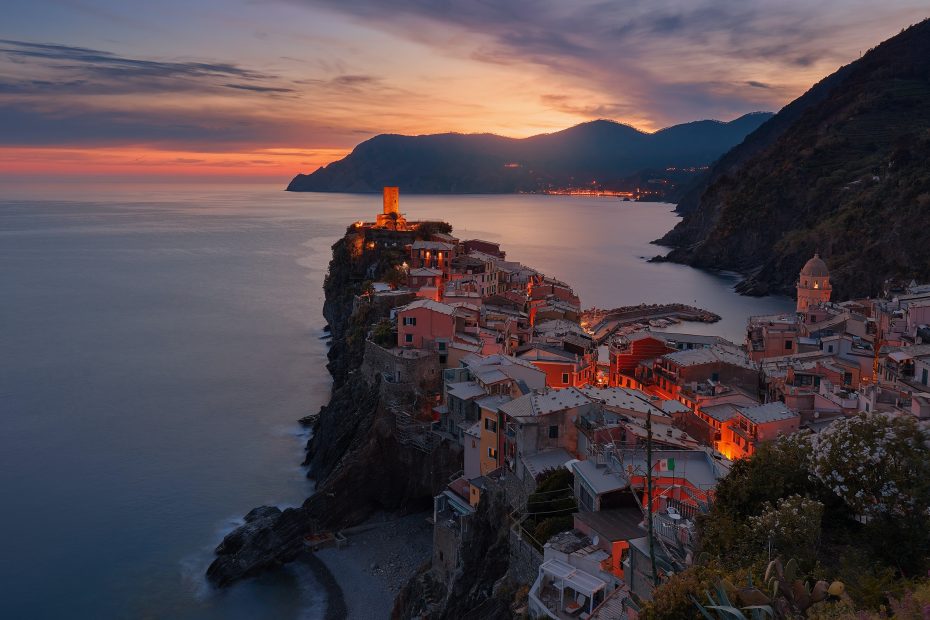Table of Contents
Introduction
Italy is a country with a rich cultural heritage stemming from its diverse regions, each with unique traditions, cuisine, art and architecture. For visitors, Italy offers an unparalleled opportunity to immerse oneself in these varied regional cultures that together form a beautiful tapestry of diversity.
Northern Italy
Northern Italy comprises iconic regions like Lombardy, Piedmont, Veneto and Emilia-Romagna. Lombardy is home to Milan, Italy’s fashion capital. The Piedmont region is renowned for its cuisine and wine production. Veneto is most famous for the romantic canaled city of Venice and the sprawling vineyards producing Amarone wine. Emilia-Romagna gave us Parmesan cheese and Bologna’s iconic mortadella.
Central Italy
Moving south, central Italy showcases regions like Tuscany, Umbria, Le Marche and Lazio. Tuscany conjures images of rolling hills, Chianti wines and Renaissance art. Umbria, known as Italy’s green heart, charms visitors with its hill towns. Le Marche features pristine beaches along the Adriatic coastline. Lazio is home to the capital city of Rome and the Vatican City.
Southern Italy
Southern Italy comprises unique regions like Abruzzo, Campania, Puglia, Calabria and Sicily. Abruzzo’s breathtaking national parks offer hiking and nature escapes. Campania features the buried Roman city of Pompeii and the colorful chaos of Naples. The heel of Italy’s boot, Puglia boasts hundreds of kilometers of coastline. Calabria is located at the toe of the boot, renowned for its spicy cuisine. Offshore, Sicily provides a blend of Mediterranean and Middle Eastern influences.
Cuisine
Italian food is itself a tapestry of diversity stemming from regional specialties. Northern cuisine relies heavily on butter, rice and cheeses. Central Italian food uses more tomatoes, legumes, meat and fish. The south prefers olive oil over butter, showcasing more vegetables, pastas and seafood. Despite the variations, the essence of Italian cuisine remains in the high quality ingredients and simplicity of preparation.
Language
While Italian is the official language, local dialects vary tremendously, sometimes even from one valley to the next. This linguistic diversity can make cross-regional communication challenging at times. However, language also connects people to the traditions of their specific region. Protecting these local dialects has become an important cultural initiative.
Festivals
Festivals showcase the vitality and traditions of regional cultures. In Venice, crowds arrive for the annual Carnival to witness the elaborate costumes and masks. Tuscany’s iconic Palio horse race intensifies rivalries between Siena’s districts. Grape harvests are celebrated with festivals and food throughout Italy’s wine regions. These events provide visitors with a direct experience of the regions’ living cultures.
Architecture
The diversity of Italian architecture mirrors the country’s regional variations. Ancient Roman structures like the Colosseum and Pantheon showcase one period. Tuscany’s medieval castles and towers offer a glimpse into the Renaissance. The ornate Baroque buildings of Rome and Southern Italy reflect another era’s aesthetic. The uniqueness derives from how these styles incorporated local materials and building techniques.
Art
Famed Renaissance artists, such as Michelangelo and Leonardo, created celebrated works that advanced Western art traditions. Yet, the less-visited Roman mosaics, Etruscan tombs and Sicilian temples also provide beautiful representations of local artistry throughout Italy’s past. Masterpieces are not confined to museums either, with frescoed churches and palazzos found throughout villages and cities.
Music
From the accordions of traditional northern folk music to the mandolins of Naples, regional sounds infuse musical diversity. The three-note lyricism of Neapolitan songs contrasts the complex orchestras of Italian opera. Religious chants can still be heard during local Catholic rituals and processions. Exploring this music widens understanding of a region’s identity.
Conclusion
While united as one country, Italy’s regional identities offer visitors a rich tapestry of diversity. The cultures, cuisine, languages, events, architecture, art and music each provide a window into the soul of these places. By immersing oneself in even a small part of Italy, you are rewarded with a deeper appreciation of its variety. Traveling through Italy brings the opportunity to experience these unique local ways of life that together make the country so fascinating.
FAQs
What are some of Italy’s major regional cultures?
Some of the major regional cultures include those found in: Northern Italy (Lombardy, Piedmont, Veneto, Emilia-Romagna), Central Italy (Tuscany, Umbria, Le Marche, Lazio), and Southern Italy (Abruzzo, Campania, Puglia, Calabria, Sicily).
How does Italian cuisine vary by region?
Italian cuisine varies significantly by region, with Northern food relying on butter, rice, and cheese while Southern cuisine prefers olive oil, vegetables, pasta and seafood. Central Italian food uses more tomatoes, legumes, meat and fish.
What are some examples of regional architecture in Italy?
Examples include ancient Roman structures like the Colosseum, Tuscan medieval castles and towers, ornate Baroque buildings of Rome and Southern Italy, and Sicily’s Greek temples.
What local festivals showcase Italian regional culture?
Festivals like Venice Carnival, the Palio horse race in Siena, and grape harvest celebrations all provide visitors with experiences of regional culture and traditions.
How do local dialects contribute to Italy’s cultural diversity?
Local dialects connect people to the unique linguistic traditions and histories of their region. Protecting these dialects helps preserve cultural identities found throughout Italy.
